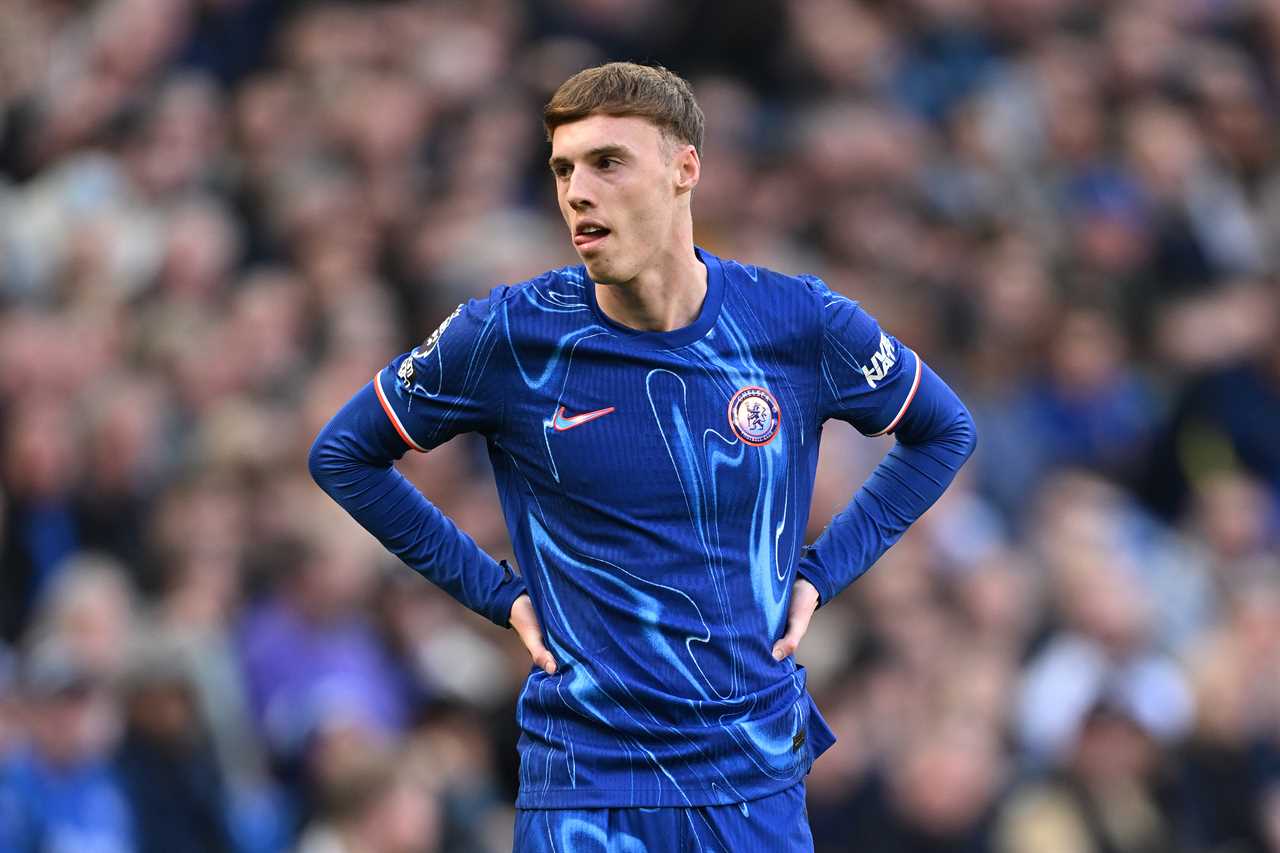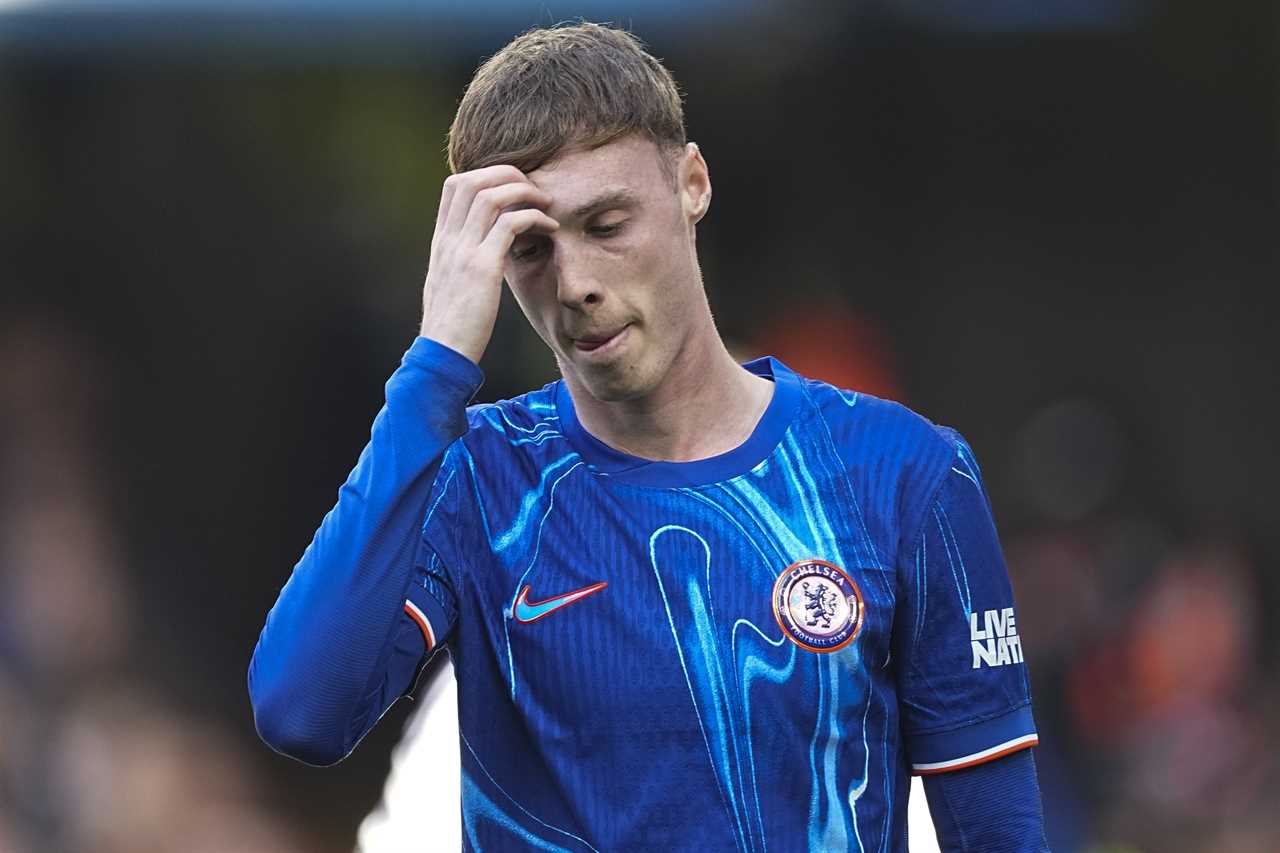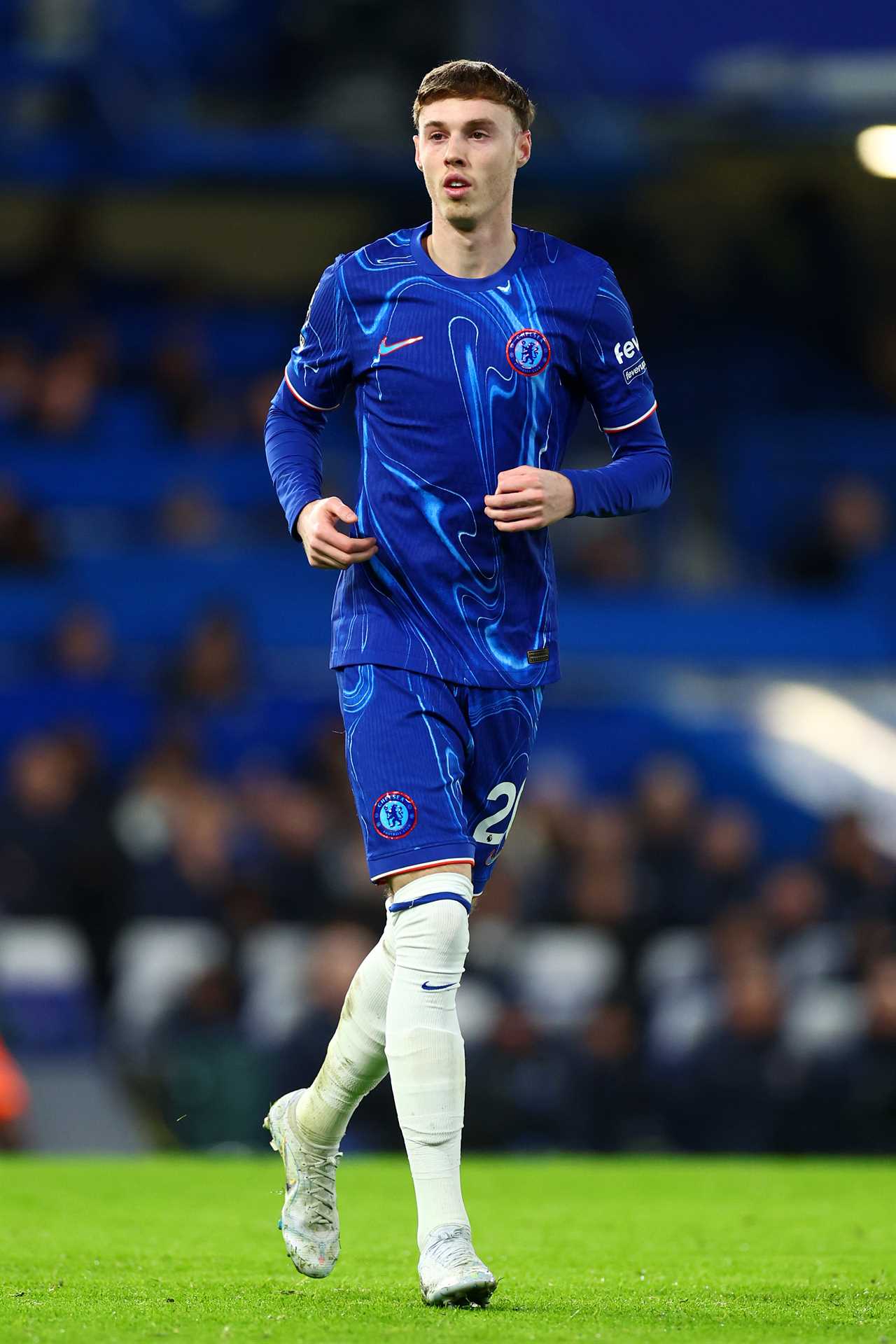
A Rising Star in a Slump
At just 22, Cole Palmer has become a key player for Chelsea, showcasing his talent and potential on both club and international stages. Last season, he impressed with 22 goals and 11 assists, making him one of the standout performers in the Premier League. However, this term has not been as kind, with Palmer now tallying 14 goals and six assists. More concerning is his recent form, as he hasn't contributed directly in the last nine matches.
Health Woes and Continued Struggles
This downturn comes amid personal health challenges for Palmer. Chelsea manager Enzo Maresca revealed that Palmer has been dealing with stomach issues and diarrhoea, yet he continued to play through these problems. His recent missed penalty against Leicester and subsequent game against Arsenal highlight his current struggles. Additionally, Palmer was excluded from Thomas Tuchel’s initial England squad, raising questions about his fitness and form.
Impact of Teammate Absences
The absence of key teammates Nicolas Jackson and Noni Madueke has also played a significant role in Palmer’s difficulties. Jackson, Chelsea’s second-highest scorer in the Premier League, and Madueke, known for his creativity and goal threat, have been sidelined recently. Their absence has disrupted the team's chemistry, placing more pressure on Palmer to deliver, making it easier for opponents to focus their defense on him.
Increased Marking and Defensive Pressure
With Jackson and Madueke out, opponents have intensified their focus on Palmer, marking him more tightly and challenging him harder during matches. This increased defensive scrutiny has limited his ability to find space and create opportunities, leading to a decline in his usual performances. Drawing comparisons to Eden Hazard’s period at Chelsea, there's optimism that Palmer can adapt and overcome the tactical adjustments made by opponents.

Struggles with Team Dynamics
Palmer’s challenges are further compounded by the underperformance of new signings like Christopher Nkunku and Pedro Neto. Nkunku has struggled to replicate his prolific scoring from Leipzig, while Neto has been deployed in positions that don’t suit his strengths. This mismatch has left Chelsea without a reliable creative outlet, forcing Palmer to shoulder a heavier burden in the attacking third.
Body Language and On-Field Pressure
Beyond the statistics, Palmer’s body language on the pitch indicates a player under immense pressure, seemingly overcompensating to regain his form. Despite maintaining high levels of creativity, his tendency to hesitate before taking shots contrasts sharply with his previously fluid and instinctive gameplay. This shift suggests that the team’s reliance on him has affected his natural style of play.
The Road to Recovery
Despite the current challenges, there's optimism that Palmer can bounce back. The return of Jackson and Madueke could restore the team’s chemistry and relieve some of the pressure on Palmer, allowing him to play more freely. Additionally, the upcoming international break offers Palmer a chance to rest and recuperate, potentially helping him regain his confidence and form.
Looking Ahead for Chelsea
The outcome of Palmer’s current slump could have significant implications for Chelsea’s aspirations in the Premier League and beyond. If he can overcome this period, supported by the return of his key teammates, Chelsea may find themselves back in contention for top honors and European competition. For now, fans will be watching closely, hoping to see their young star regain his earlier brilliance and lead the team out of this challenging phase.

Frequently Asked Questions
Are there specific regulations surrounding equipment in competitive football matches?
To ensure the safety of players and integrity of games, many competitive football matches have specific equipment rules. The laws of the sport stipulate standard equipment like jerseys with sleeve, shorts, socks over shinguards or appropriate footwear. It is against the law to wear or use equipment that poses a risk to a player's safety or an opponent's. It's imperative for players to adhere to these regulations, which can vary by league and age group, to avoid penalties or disqualification from play.
What type of gloves for goalkeepers provides the best grip?
Goalkeeper gloves featuring a palm made of latex offer the best performance under different conditions. The thickness and density of the latex can vary to balance grip and durability. Gloves with finger protection systems, such as spines or stiffening material, can also prevent hyperextension injuries. A good pair of gloves should also be comfortable and fit well to enable the goalkeeper to perform at their best.
What factors should I consider when selecting a football?
Consider the size, construction, and material of a football when selecting one. Standard size for adults and players above the age of 12, is 5. Sizes should be smaller for younger players. Leather should be used for natural grass while synthetic materials are best for surfaces with rougher textures. Thermo-bonded footballs are more waterproof and retain their shape better than those stitched. Durability, feel, and flight are other important features to look at.
Can socks affect a player's performance in football?
Absolutely. Football socks support and protect the player's toes during intense gameplay. The socks help to keep the shinguards on, they reduce friction which prevents blisters and they cushion the foot. A good pair of football socks can improve a player's comfort, which can indirectly influence their performance on the pitch.
How do I get the correct fit for my football boot?
In order to get the right fit, the football boot should be snug without being too tight. This allows for a little movement and prevents the foot from sliding into the boot. If you want to prevent squeezing your toes in the boot while running or when kicking, leave about a half-thumb's distance between the toes. Consider the width of your foot and select a style that can accommodate narrow or large feet. It's important to try on the boots with your football socks on and fully lacing them up.
Statistics
- Approximately 40% of amateur football players wear boots that are not properly fitted, increasing the risk of foot injuries.
- Goalkeeper gloves with advanced grip technology have been adopted by 85% of professional goalkeepers in top leagues around the world.
- A survey found that nearly 80% of football players believe that high-quality football socks are essential for optimal performance.
- Research has indicated that around 60% of football-related ankle injuries could be mitigated with the correct choice of footwear.
- Studies show that the proper use of shin guards can reduce the risk of injuries in football players by up to 70%.
External Links
How To
How to Select Goalkeeper Gloves that Will Maximize Performance
Selecting the best goalkeeper gloves makes a big difference. Grip is important in all weather conditions. Latex palms provide the best grip. The glove should fit snugly, with some room for movement but without slipping. Gloves equipped with finger protection help reduce injuries caused by hyperextension. Consider the type of padding, too. While thicker padding may offer greater protection, it can also reduce the ball's feel. Also, pay attention to wrist support; a secure strap will keep the gloves in place during dives.
Did you miss our previous article...
https://sportingexcitement.com/premier-league/guardiola-faces-touchline-ban-after-heated-fa-cup-victory
 CricketBoxingFormula 1GolfHorse RacingPremier LeagueTennisPrivacy PolicyTerms And Conditions
CricketBoxingFormula 1GolfHorse RacingPremier LeagueTennisPrivacy PolicyTerms And Conditions
